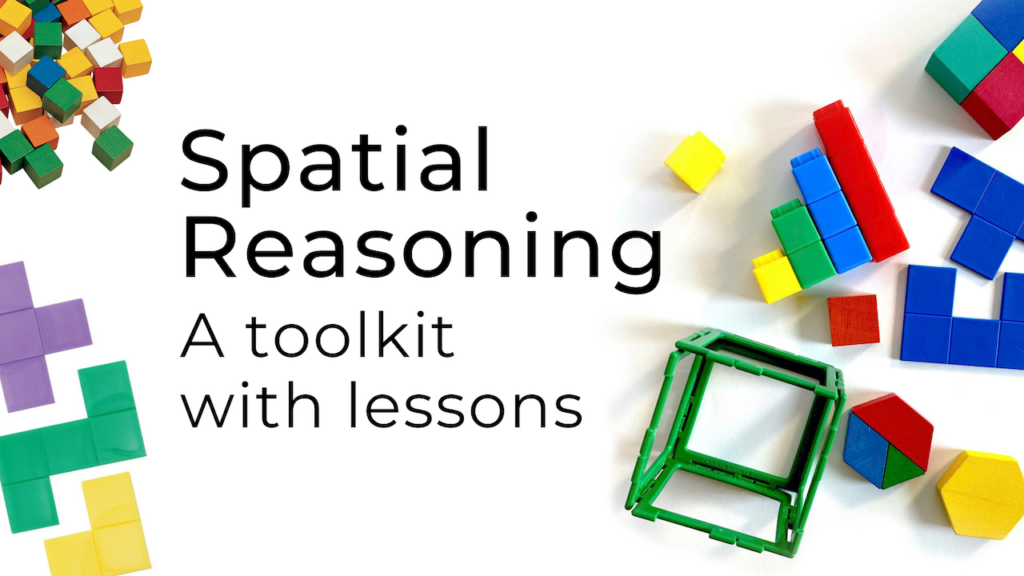How Many? 5-Frame and 10-Frame Inside-Out
Primary (Age 6 – 9)
Curriculum Goal
Primary: Number Sense
- Compose and decompose whole numbers up to and including 50, using a variety of tools and strategies, in various contexts
- Estimate the number of objects in collections of up to 50, and verify their estimates by counting
- Use mental math strategies, including estimation, to add and subtract whole numbers that add up to no more than 20, and explain the strategies used
Context
- Students improve subitizing skills by quickly looking and identifying the number of dots in an image rather than counting them one-by-one.
- Students review or are introduced to 5- and 10-frames to enhance number visualization skills
- Students and educator sit on the carpet in a semicircle.
Materials
- Several 6-sided dice
- Series of 5-Frame Based Challenge Number Cards (Appendix A)
- Series of 10-Frame Based Challenge Number Cards (Appendix B)
Lesson
Introduction:
- Distribute a few 6-sided dice for students to explore.
- Ask students: What do the dots represent? What numbers do you see on the die?
- Continue by prompting a discussion on memorization.Ask students:
- How do you remember things? Are there any strategies you use to remember things?
- What is memorization? What does it mean to memorize something?
- What are some things that we memorize?
Examples could include getting to/from school, a phone number, where to put something away (at school or at home), how to tie one’s shoes. - Why do you think we memorize things?
Explain that memorization is a skill that allows someone to recall information that’s been stored in their brain. Our ability to memorize improves mental efficiency, which can result in increased efficiency in the completion of tasks. Memorization skills can be improved by actively engaging in activities that require memorization, like this activity.
Lesson:
- Tell students: Today we are going to become the fastest dot counters in the school. Together we are going to explore how memorizing dot patterns can help improve our mental math skills.
- Summarize the concept of the activity by telling students: We will be playing a game where you will quickly be shown an image with black dots. Your task is to remember how many dots you see.
- Review or introduce how the dots are arranged by the frame.
- If students have not previously interacted with 5- and 10-frames, guide them through the process of observing and understanding how the frames work. Ensure they recognize the size of the frame and understand that the dots are laid out so that they can be seen clearly (in an organized manner, not randomly positioned on the page).
- Present students with the first challenge for approximately four to six seconds and progress to the next slide, which is blank.
- Invite students to recall and share what they saw.
- Ask students: Did you see at least five dots in the image? How do you know? Were all the dots inside the frame, or were any outside? What strategies did you use to figure out the total number of dots?
- Ask students to show the total number of dots they remember using their fingers.
- Progress to the next slide to reveal the original image so students can verify their recall skills.
- Ask students: Can you share the strategy you used to figure out the total number of dots? Did your strategy help you figure out how many dots there were without needing to count them all?
- Repeat the same instructions for the remaining 5-frame challenges, helping students review and modify their strategies for determining how many dots are on each slide. Progress to the 10-frame challenges when appropriate.
Conclusion:
- Discuss as a class which strategies allow for the greatest success.
- Ask students: Where have you seen representations of 5- and 10-frames in real life? Possible answers might include their fingers/toes, dominoes, dice, tally marks, money.

Look Fors
- Are students subitizing? Can they quickly recognize the number of dots or do they count them one by one?
- Are students using different strategies to determine the total number of dots? Can they communicate their strategies?
Extension
- Allow students to create their own challenges for a partner or for the class.
- Use multiple 5-frames to encourage grouping, counting by 5’s, and multiplicative thinking.
- Hold up two cards at once and challenge students to hold up their right or left hand to indicate which card has the greater number of dots)
Share this lesson
Share on facebook
Share on twitter
Share on email

